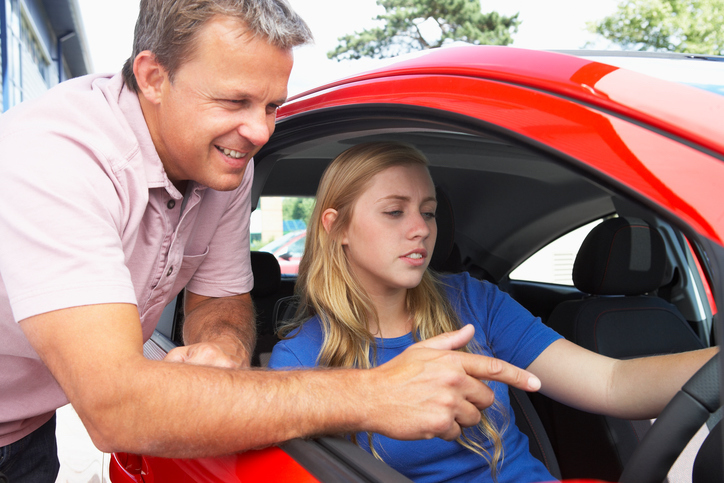It has recently been announced that the driving test will be changing on 4 December 2017. If you are currently learning to drive, or thinking about starting lessons, there’s a good chance these changes will affect you. Even if you are hoping to pass your test before December, your driving instructor will be getting you to think about the changes ahead, so even if they don’t form part of your test, they are designed to make sure you have the relevant skills to be safe on the road.

Using a sat nav
The driving test was first made compulsory in 1934, and since that time, things have moved on. With sat navs now used by 52% of drivers, it is important that you are able to use one safely, without being distracted. As a part of the extended independent driving element of the test, 4 out 5 people will be asked to follow directions from a sat nav. The sat nav will be provided by your examiner, and you will be able to ask them for confirmation of where you’re going if you’re unsure. You will not be penalised for going the wrong way, although you will be penalised for any faults you make while doing so.
Independent driving
The current driving test asks you to drive independently for a period of 10 minutes. This is being doubled to 20 minutes to allow more time for driving on higher speed roads as these are where the majority of fatal accidents occur. This will not include motorways though, as you still cannot use these as a learner. Not only will it give you valuable experience on higher speed roads, it will also get you used to driving without being told where to go and what to do.
Reversing manoeuvres
Reversing around a corner and turning in the road have been removed from the new driving test, and replaced by reversing manoeuvres you are more likely to use outside of your driving test. You will now be asked to do one of the following:
- Parallel park at the side of the road
- Use a parking bay – your examiner will decide whether you will be reversing into, or out of the space, so you will need to learn how to do both
- Pull up on the right hand side of the road, reverse for two car lengths and rejoin the traffic
‘Show me, tell me’
As well as being asked a ‘tell me’ question at the start of your test, for example, ‘how would you check the brakes are working before the start of your journey?’, you will now be asked a ‘show me’ question while driving. An example of the sort of thing you can expect to be asked is ‘when safe to do so, show me how to clean the front windscreen.’
The changes to the driving test hope to bring both your test and lessons closer to the day-to-day experience once you pass. Speaking on the changes, Transport Minister, Andrew Jones said “These changes will help us to reduce the number of people killed or seriously injured on our roads and equip new drivers with the skills they need to use our roads safely.” The cost, duration and pass mark for the test are not changing, however, there are four elements that will be.
There is no need to worry about these changes, as they are there to make your learning experience more realistic, and reduce your chance of being involved in a collision once you pass. By staying safe and avoiding collisions, you can build up a no-claims bonus, and reduce the cost of your car insurance as new driver.



